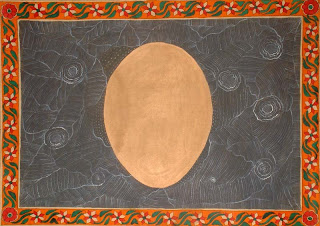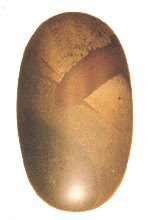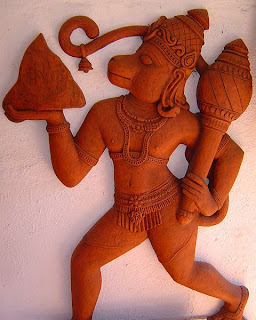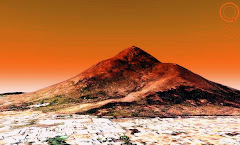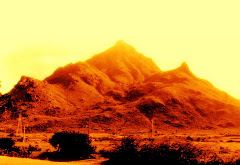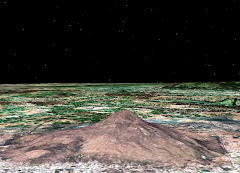
Here is an excerpt from Wikipedia about Lord Murugan
"Murugan or Murukaṇ (Tamil: முருகன், Malayalam: മുരുകന്) called Subrahmanya (Kannada: ಸುಬ್ರಹ್ಮಣ್ಯ,Telugu: సుబ్రమణ్య స్వామి) is a popular Hindu deity among Tamil Hindus, and is worshipped primarily in areas with Tamil influence, especially South India, Sri Lanka , Malaysia and Mauritius . But in Sri Lanka, Hindus as well as Buddhists revere a highly sacred Buddhist and Hindu shrine Katharagama temple (also in Sinhala "Katharagama Devalaya") dedicated to him and situated deep south in the country.
Lord Murugan is more popular in South India compared to other parts of India.He is the God of war and the patron deity of the Tamil land (Tamil Nadu). Like most Hindu deities, He is known by many other names, including Senthil, Saravaṇa, Kārttikeya (meaning 'son of Krittika' ), Arumugam or Shanmukha (meaning 'one with six faces'), Kumāra (meaning 'child or son'), Guha, Skanda (meaning 'that which is spilled or oozed, namely seed' in Sanskrit), Subrahmaṇya, Vēlaṇ and Swaminatha."
Arunachala Hill is Lord Murugan Himself. Ramana has been cited by various devotess to be none other than the Shanmukha Murugan.
Arunachala therefore offers millions of Murugan darshans one of which is the Sri Jnana Pandita Katargama Murugan.
This is the darshan of the Hill from Kubera Lingam.
This darshan offers financial success and also helps in unfoding of Jnana, by the grace of Jnana Pandita Murugan.
The main peak is the Lord Murugan and the Northern spur to His left the Peacock.
Sri Jnana Pandita Katargama Murugan Darshan










